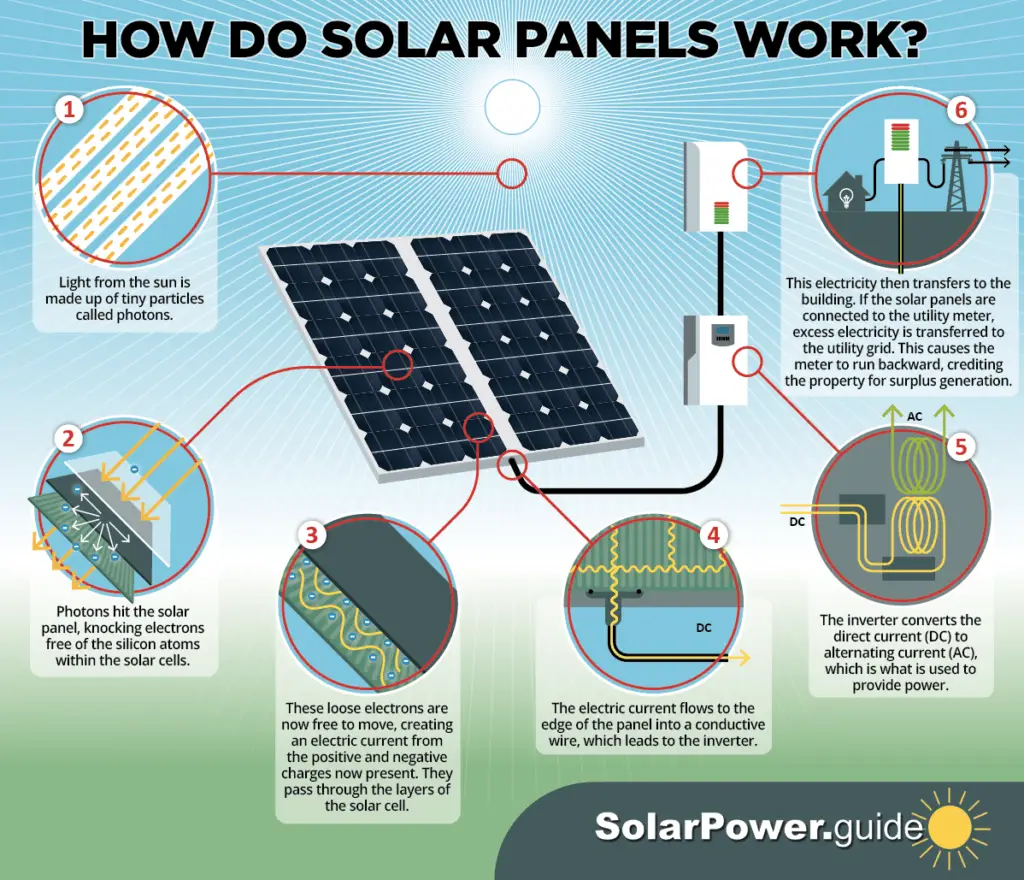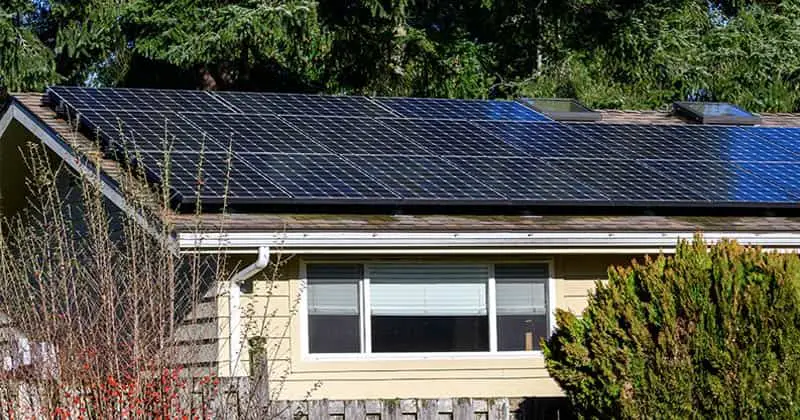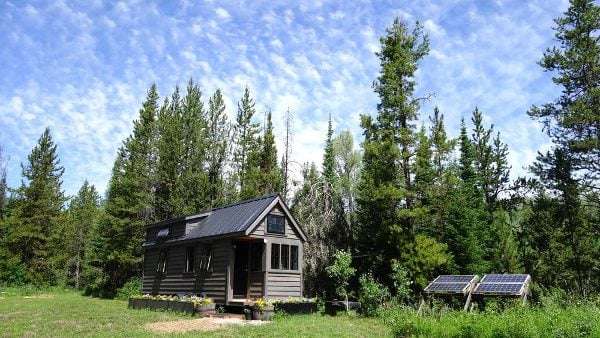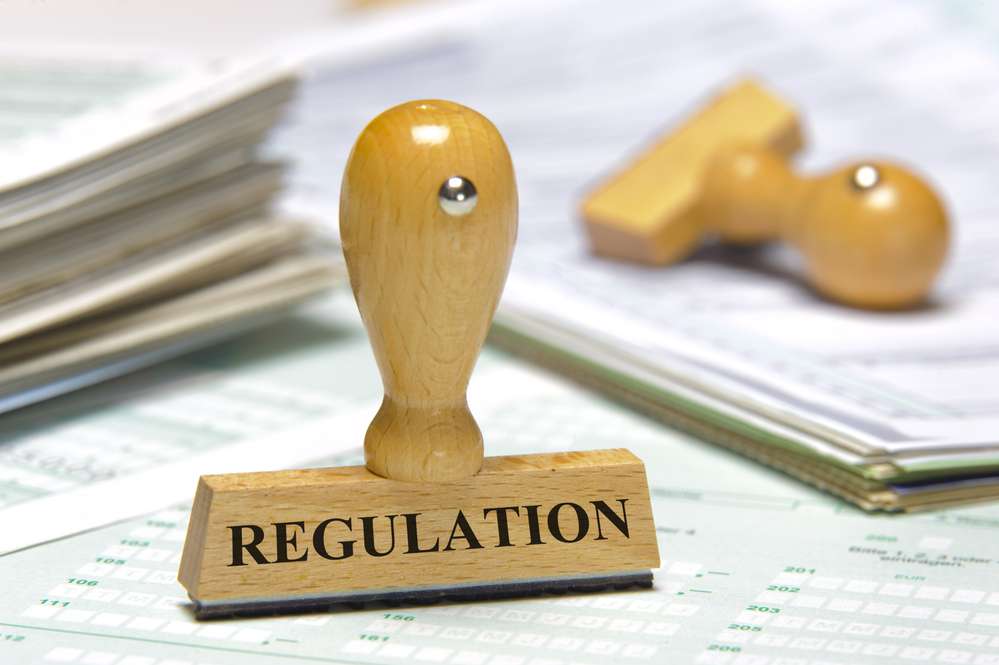If you’re considering installing solar panels on your roof, maximizing sunlight exposure and efficiency should be at the top of your priority list. While installing solar panels on the roof is a common practice, it’s not without its challenges. From potential water leakage to damage to the shingles, there are several factors to consider. In the past, low-quality materials and lack of protection caused sand and wind damage in arid climates, but modern solar panels have significantly improved in terms of quality and protective layers. However, it’s important to ensure proper installation and support materials to prevent roof damage, especially if you have an older roof. Additionally, maintenance is necessary to prevent dust and debris buildup on the panels, and regular inspection is essential to detect micro-cracks or faulty wiring that could lead to deterioration or reduced efficiency. Overall, solar panel installation requires careful consideration and proper precautions to maximize sunlight exposure and efficiency while avoiding potential issues.
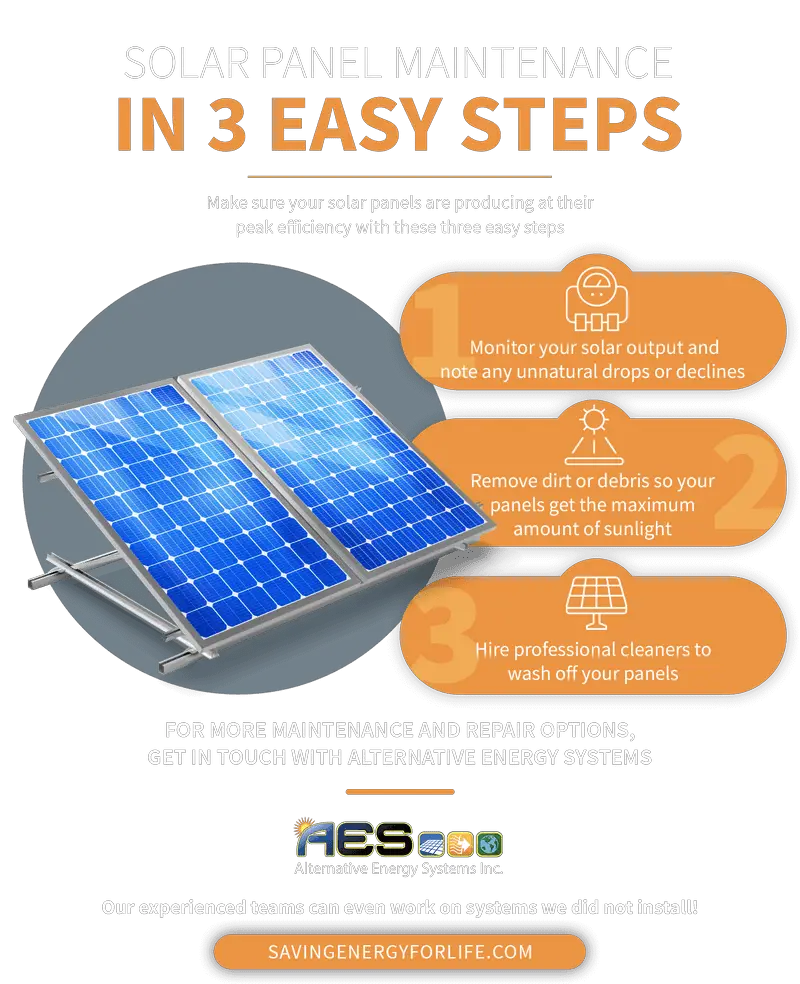
Maximizing Sunlight Exposure
When it comes to maximizing sunlight exposure for your solar panels, choosing the right location is crucial. You want to select an area on your roof that receives the most sunlight throughout the day. South-facing roofs tend to be the best option in the northern hemisphere, as they receive the most sunlight. However, if your roof has obstructions or shade from trees or nearby buildings, it may be necessary to consider other locations.
In addition to considering the location, optimizing the roof angle is also important. The optimal angle for solar panels varies depending on your location and the time of year. Generally, the angle should be set to match the latitude of your area. This allows the panels to receive sunlight at the most direct angle. Adjustable mounting systems are available that allow you to change the angle throughout the year to maximize sunlight exposure.
Another factor to consider is avoiding shade and obstacles. Shade can significantly reduce the efficiency of your solar panels, so it’s important to choose a location on your roof that is not shaded by nearby structures or trees. Additionally, avoiding obstacles such as vent pipes or chimneys that may cast shadows on your solar panels is essential for optimal sunlight exposure.
Efficiency
To ensure the efficiency of your solar panels, it’s important to use high-quality panels. High-quality solar panels are built to withstand various weather conditions and can provide a higher energy output. Investing in reputable brands with good warranties can save you money in the long run by ensuring the longevity and efficiency of your panels.
Utilizing improved protective layers is also crucial for maximizing efficiency. Modern solar panels are designed with improved protective layers that help resist damage from environmental factors such as hail, wind, and UV radiation. These protective layers not only increase the lifespan of your panels but also maintain their efficiency over time.
Proper installation techniques play a significant role in the efficiency of your solar panels. It’s important to hire certified professionals who have experience in solar panel installation. They will ensure that your panels are properly positioned, securely mounted, and correctly connected to the electrical system. Proper installation minimizes efficiency losses and reduces the risk of future issues.
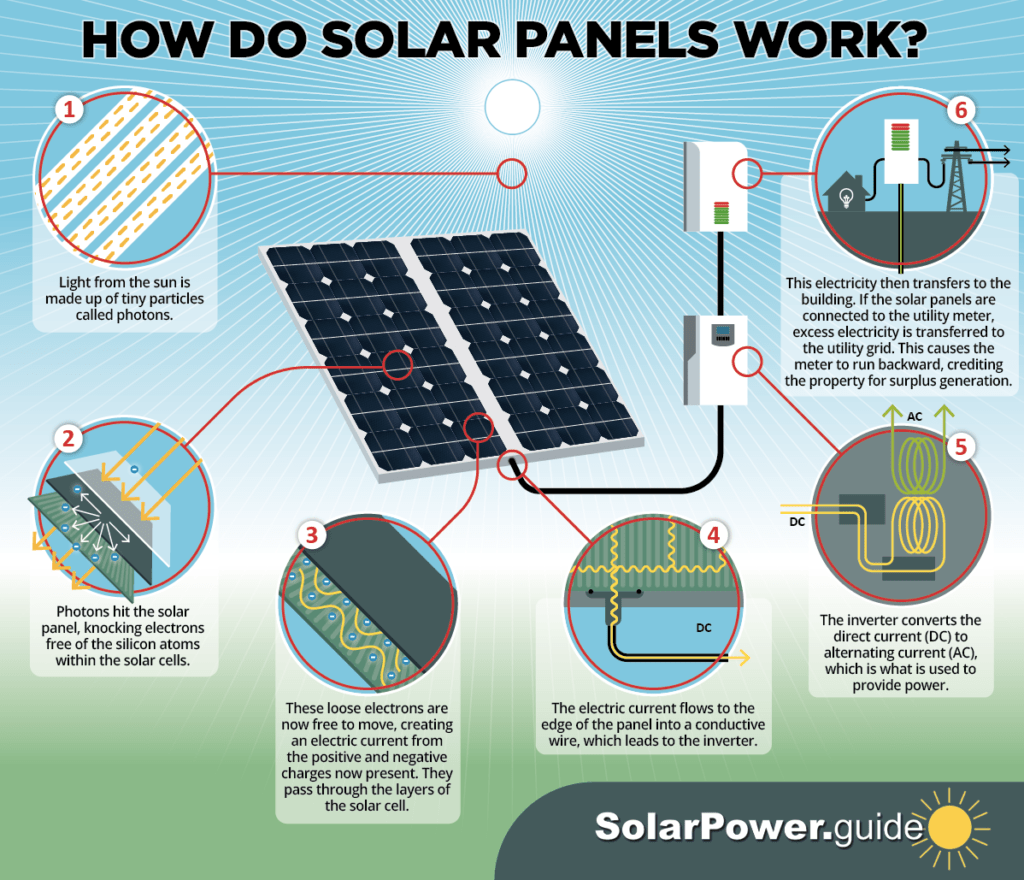
Common Problems and Solutions
One common problem associated with solar panel installation is the disruption of water flow and leakage. When solar panels are installed on the roof, it’s important to maintain the natural water flow. Improper installation can lead to water pooling or redirecting, causing leakage issues. To prevent this, professionals should carefully plan the installation to ensure proper water drainage and avoid any disruptions to the existing roof structure.
Damage to shingles is another problem that can occur during the installation process. Solar panels may be installed using mounting brackets that can damage the shingles if not done correctly. To avoid shingle damage, professionals should use proper installation techniques, such as protective pads or flashings, to create a barrier between the panels and the roof.
Fire hazards are a concern when it comes to solar panels. Although solar panels themselves do not pose a fire hazard, faulty wiring or incorrect installation can lead to electrical issues and potential fires. It’s important to hire professionals who are experienced in solar panel installation and adhere to safety protocols. Regular inspections and maintenance can also help identify any potential fire hazards and prevent accidents.
Issues in Arid Climates
Arid climates pose their own set of challenges for solar panels. In the past, low-quality materials and lack of protection resulted in issues with sand and wind damage. Sand can erode the protective layers of solar panels, reducing their efficiency and lifespan. Additionally, strong winds can cause physical damage, such as cracks or detachment of panels.
Fortunately, modern solar panels are made with high-quality materials and have improved protective layers. These advancements help minimize the effects of sand and wind damage. It’s important to choose panels specifically designed for arid climates to ensure maximum durability and longevity.
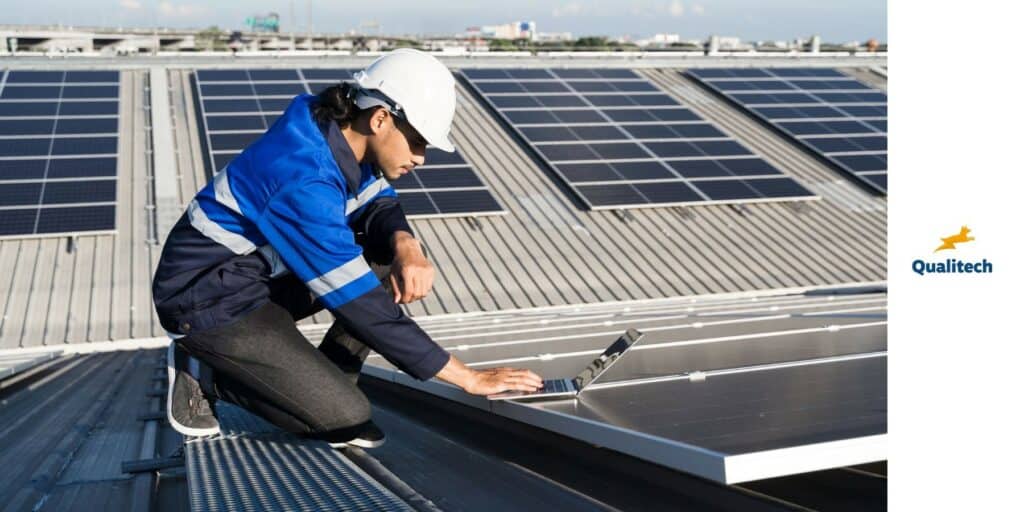
Roof Damage
Improper installation techniques can lead to roof damage. It’s crucial to hire professionals who have experience in solar panel installation to avoid any damage to your roof. Improperly installed panels can cause structural damage, such as leaks or weakened roof integrity. By choosing certified professionals, you can ensure that your roof remains intact and undamaged during and after the installation process.
Support material flexibility is another factor to consider when it comes to roof damage. Solar panels exert additional weight on the roof, which can be a challenge for older roofs or roofs with weak support structures. It’s important to assess the weight capacity of your roof and reinforce it if necessary before installing solar panels. This will prevent any potential damage and ensure the longevity of both your roof and your solar panels.
Rainwater Issues
When solar panels cover a large surface area, rainwater can be redirected and cause issues. It’s important to consider the surface area coverage of your solar panels and plan for proper water drainage. Professionals can install gutters and downspouts to redirect the water away from the panels and prevent any structural damage or leakage.
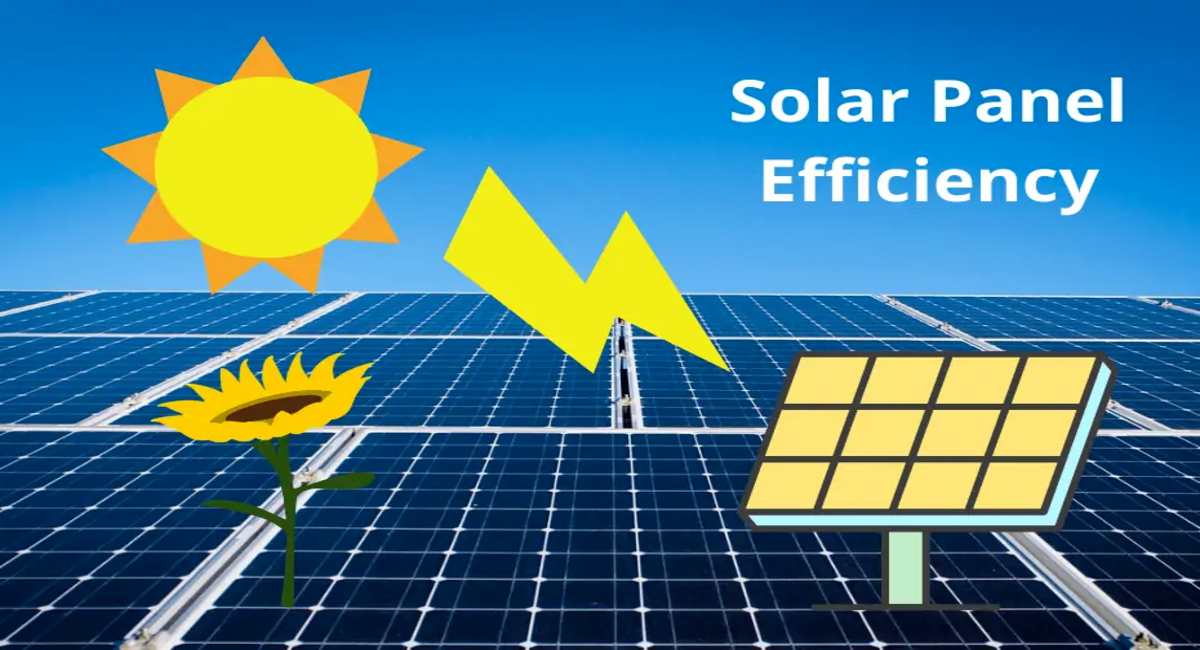
Corrosion Prevention
To prevent corrosion on your solar panels, it’s important to ensure that they are correctly angled. Angling the panels allows rainwater to flow down and wash away any dirt or debris, reducing the risk of corrosion. Additionally, elevated edges on the panels can prevent water from pooling and causing corrosion. Regular inspections and maintenance can help identify any issues with angling or elevated edges and prevent corrosion.
Maintenance
Regular maintenance is necessary to prevent dust and debris buildup on your solar panels. Dust and debris can reduce the efficiency of your panels, as they block sunlight from reaching the surface. Cleaning your panels periodically with a soft brush or a non-abrasive cloth can help remove any dirt or debris and maintain maximum efficiency.
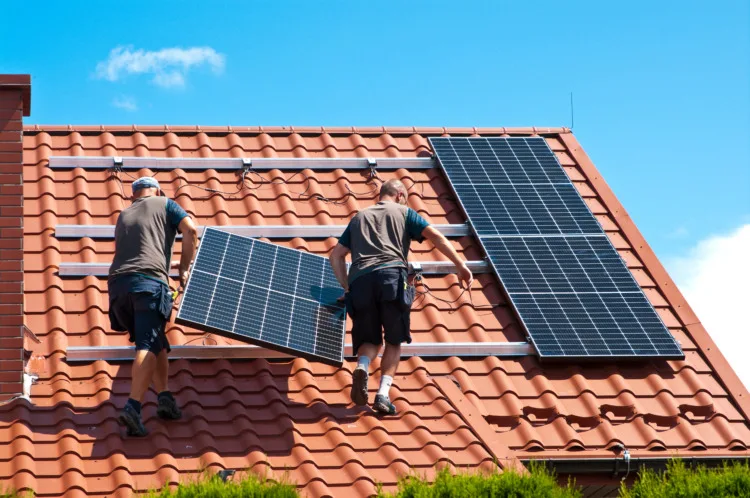
Replacing the Roof
Replacing the roof with solar panels installed can be a challenging task. Before replacing the roof, the solar panels need to be removed, which can be time-consuming and costly. It’s important to plan ahead and coordinate with professionals who have experience in both roof replacement and solar panel removal. By hiring experienced professionals, you can ensure a smooth transition and minimize any potential damage or disruption.
Preventing Hot Spots
Hot spots can develop on solar panels, reducing their efficiency and potentially causing damage. Hot spots occur when certain cells in the panel receive more sunlight than others, leading to overheating. This can happen due to faulty wiring, shading, or manufacturing defects. To prevent hot spots, it’s important to install quality solar panels and hire professionals who follow industry standards and guidelines for installation. Regular inspections can identify any potential hot spots and address them before they cause significant damage.

